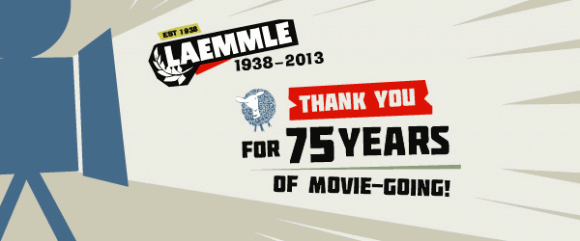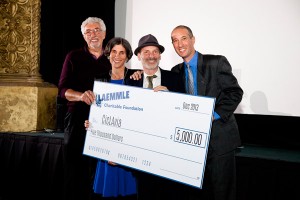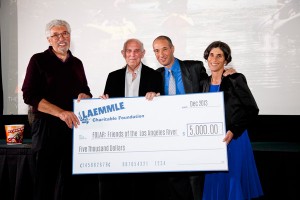This scene from THE GODFATHER always makes me want Italian food. And that’s just one scene. Films in which food is a major part of the plot are a beloved genre all their own. Time will tell, but the new Indian movie THE LUNCHBOX may join the ranks of other great foodie movies like BABETTE’S FEAST, BIG NIGHT and LIKE WATER FOR CHOCOLATE. We at Laemmle Theatres humbly recommend you try preceding lunch or dinner at one of the many Indian restaurants near our theaters by taking in THE LUNCHBOX to whet your appetite. Here are some close by:
Fourteen minute walk west down Santa Monica Blvd. from the Royal: All India Cafe
Across the street from the Playhouse (where we open THE LUNCHBOX this Friday): Sitar Indian Cuisine
Two minute walk west down Ventura Blvd. from the Town Center (where we open THE LUNCHBOX this Friday): Anarbagh
Or choose one of your personal favorites. Bon appetit!

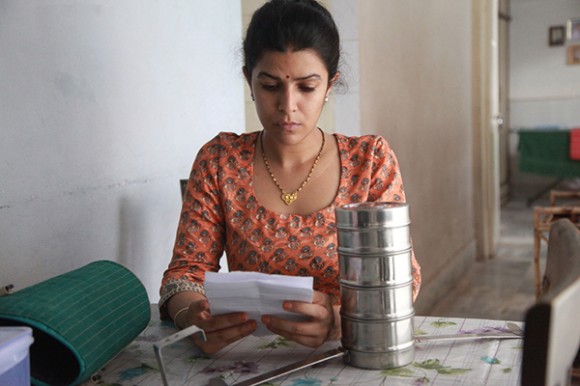
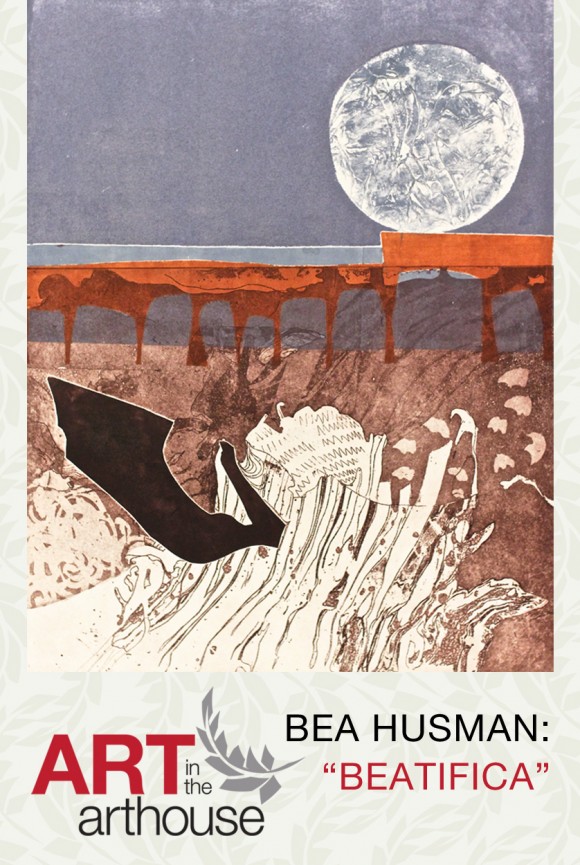 Join us for the NoHo 7’s first art gallery opening and the second installment of Laemmle’s ART IN THE ARTHOUSE program! At select Laemmle Theatre locations, you’ll soon be enjoying fine works by visual artists in our lobbies and on your way to the auditorium.
Join us for the NoHo 7’s first art gallery opening and the second installment of Laemmle’s ART IN THE ARTHOUSE program! At select Laemmle Theatre locations, you’ll soon be enjoying fine works by visual artists in our lobbies and on your way to the auditorium.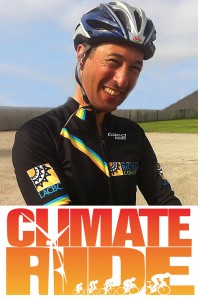 Last year’s Ride with Greg Laemmle Climate Ride Contest was so successful we’re doing it again!
Last year’s Ride with Greg Laemmle Climate Ride Contest was so successful we’re doing it again!